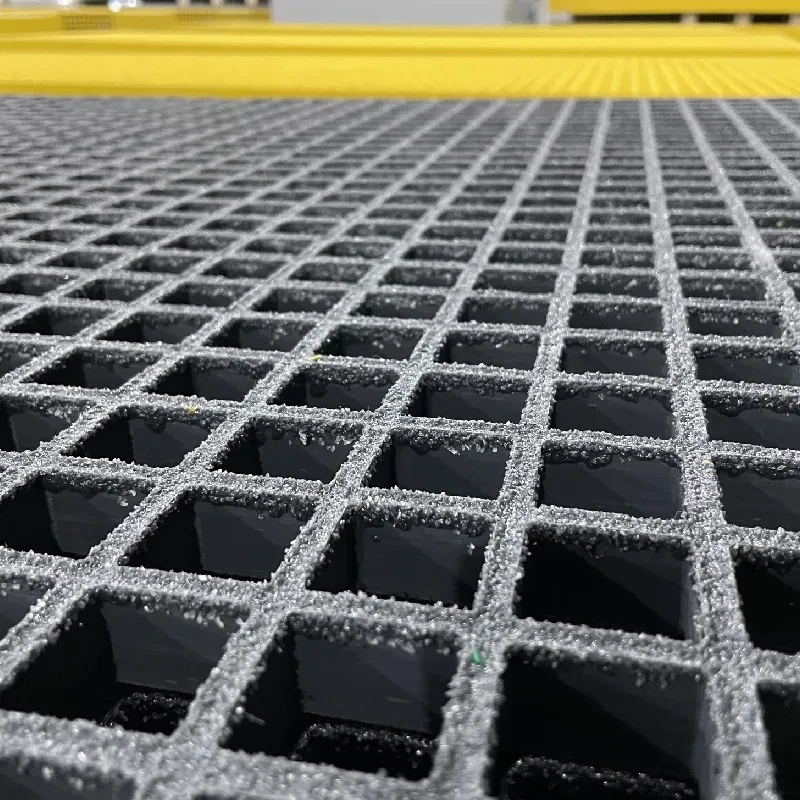loading...
- No. 9, Xingyuan South Street, Dongwaihuan Road, Zaoqiang County, Hengshui, Hebei, China
- admin@zjcomposites.com
- +86 15097380338
- Welcome to visit our website!
Exploring the Benefits and Applications of FRP Profiles in Modern Engineering
Understanding FRP Profiles A Comprehensive Overview
Fiber-Reinforced Polymer (FRP) profiles have emerged as a revolutionary material in various industries, thanks to their unique properties and versatile applications. Composed of a polymer matrix reinforced with fibers such as glass, carbon, or aramid, FRP profiles are lightweight, corrosion-resistant, and offer high strength-to-weight ratios, making them an excellent choice for a range of structural applications.
Understanding FRP Profiles A Comprehensive Overview
In construction, FRP profiles have been utilized in various applications, from reinforcement in concrete structures to creating lightweight, high-strength components such as beams and columns. Their ability to be molded into complex shapes offers architects and engineers the flexibility needed to innovate without compromising structural integrity. Additionally, the low thermal conductivity of FRP means it can provide better temperature control in buildings, enhancing energy efficiency.
frp profiles

Transportation is another sector where FRP profiles excel. In the automotive and aerospace industries, these materials contribute to weight reduction, which is crucial for improving fuel efficiency. Manufacturers have increasingly turned to FRP in crafting body panels, frames, and interior components. The aerospace industry particularly benefits from the high strength-to-weight ratio of carbon fiber-reinforced polymers, allowing for lighter aircraft structures without sacrificing performance.
Moreover, the electric and telecommunications industries have also embraced FRP profiles for their applications. FRP is used in the manufacturing of poles and towers, as well as in cable management systems. Their non-conductive properties enhance safety, especially in environments with high electrical exposure.
Sustainability is becoming a critical aspect of material selection in various industries. FRP profiles align well with sustainable practices, as they can be designed for longevity and can even be recycled at the end of their life cycle. The development of bio-based resins in FRP production is also gaining traction, further reducing the environmental impact associated with traditional construction materials.
In conclusion, FRP profiles represent a significant advancement in materials science, offering a myriad of benefits across diverse sectors. From construction to transportation, their unique properties make them indispensable in modern applications, paving the way for future innovations and sustainable practices in material engineering. The ongoing research and development in this field promise even more exciting possibilities for FRP profiles in the years to come.
-
The Rise of FRP Profiles: Strong, Lightweight, and Built to LastNewsJul.14,2025
-
SMC Panel Tanks: A Modern Water Storage Solution for All EnvironmentsNewsJul.14,2025
-
GRP Grating: A Modern Solution for Safe and Durable Access SystemsNewsJul.14,2025
-
Galvanized Steel Water Tanks: Durable, Reliable, and Ready for UseNewsJul.14,2025
-
FRP Mini Mesh Grating: The Safer, Smarter Flooring SolutionNewsJul.14,2025
-
Exploring FRP Vessels: Durable Solutions for Modern Fluid HandlingNewsJul.14,2025
-
GRP Structures: The Future of Lightweight, High-Performance EngineeringNewsJun.20,2025
